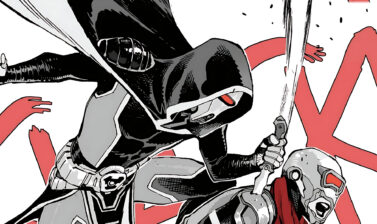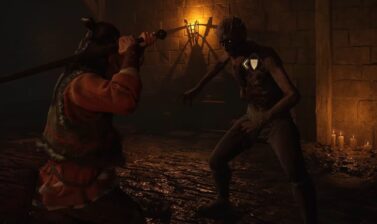The Blood of Dawnwalker is coming in 2026. Here is everything officially revealed and confirmed so far: game setting and world story, gameplay systems, characters and creature design, languages.
Table of contents
What is the Blood of Dawnwalker
The Blood of Dawnwalker is a brand new open-world dark fantasy action-RPG. The Blood of Dawnwalker is being developed by Rebel Wolves, a studio founded by developers who worked on The Witcher 3.
The goal of this studio is to take the genre of RPGs to a new, higher level by giving players entire control of the narrative with a combination of in-game systems that, by interacting with each other, can create an endless number of possibilities.
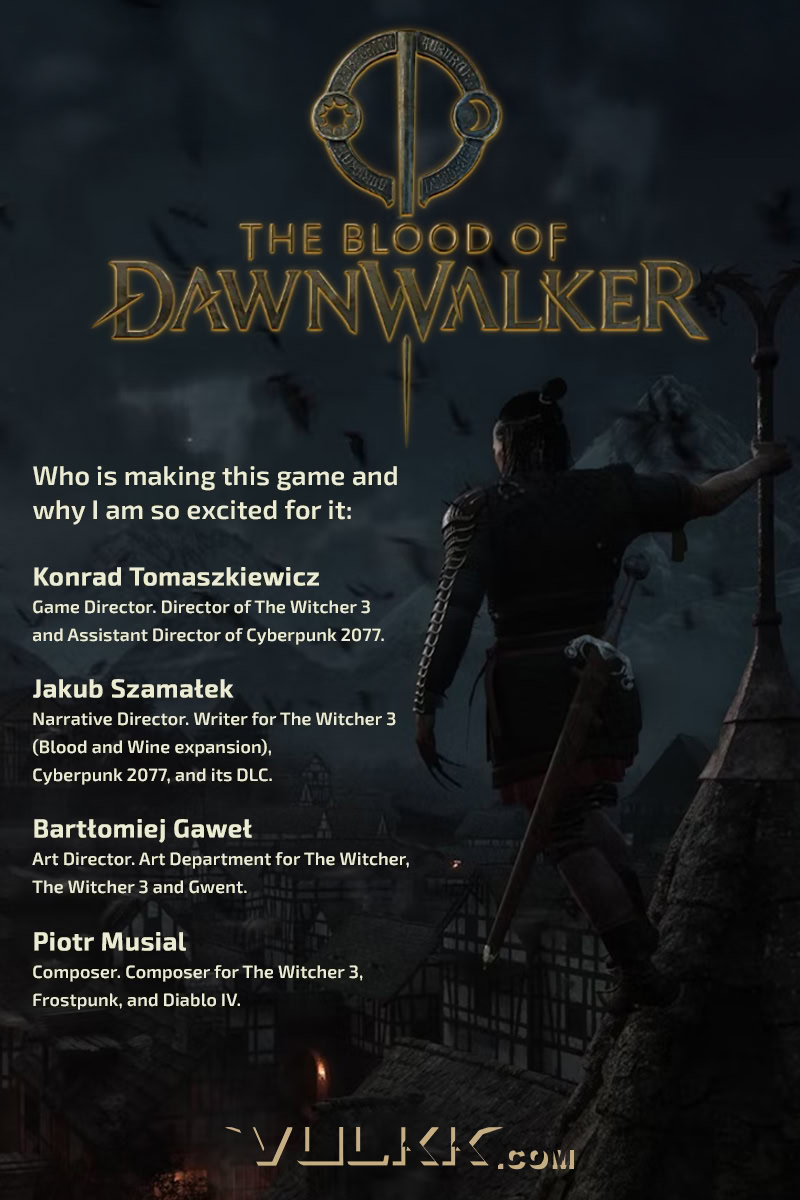
There is no official release date, but Rebel Wolves has stated that it is coming out in 2026 for PS5, XBOX, and PC.
World Setting and Story
The story takes place in an alternate 14th-century Europe. The continent has been decimated by the Black Death (also known as the Black Plague), and humanity is at one of its weakest points in history.
For a long time, Vampires have been hiding in the shadows, waiting for the right moment to strike; this is exactly what they wanted.
Old legends quickly become a reality when the feudal lords are slain and replaced by these immortal beings. However, they are not the only creatures that decide to take a slice of the pie.
Undead, Kobolds, and Uriashes are some of the other creatures that we can expect to appear in the game. All of them have their own cultures and identities. However, we will see a few of them within the vampire army.
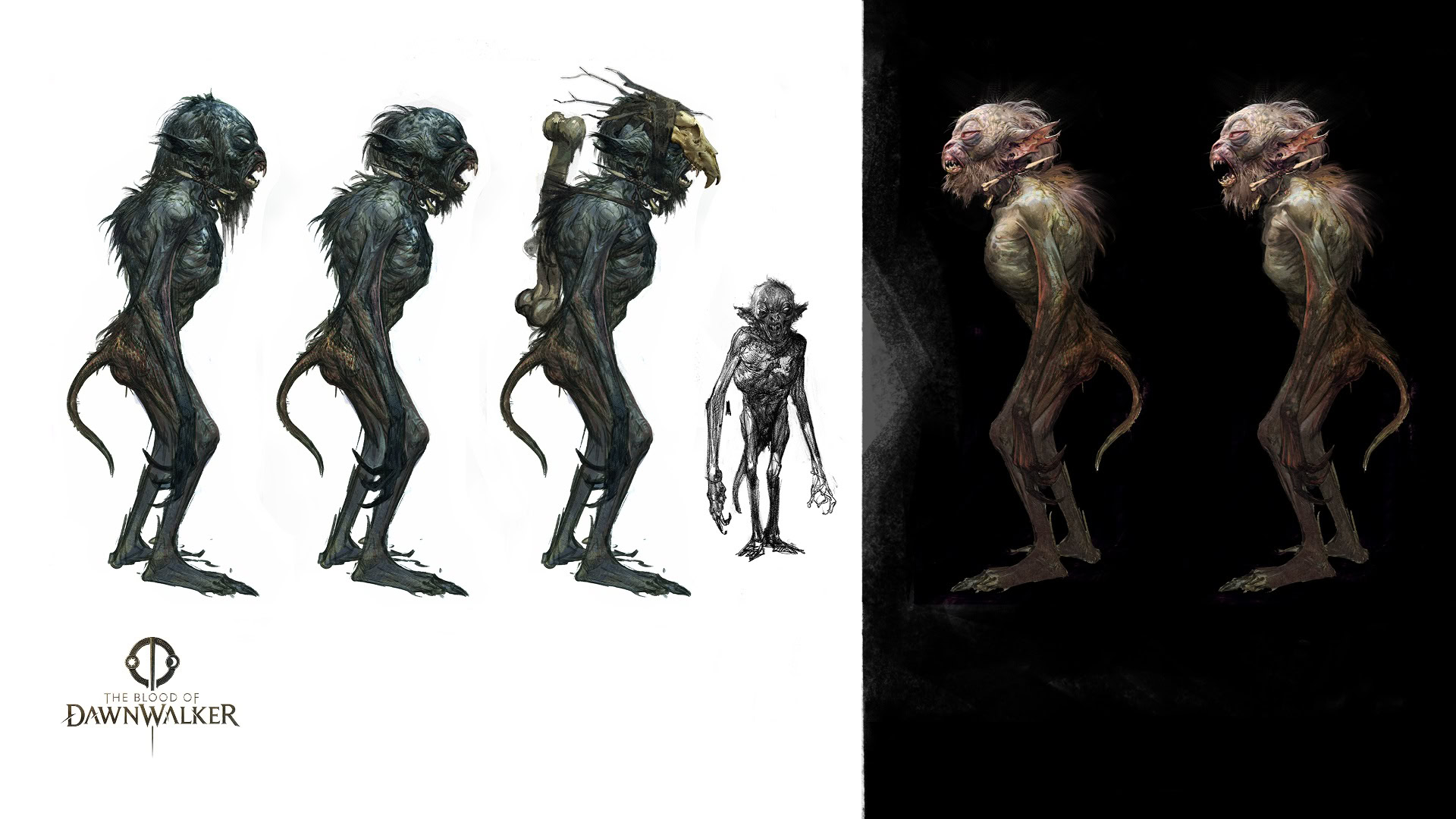
The visuals of the game are inspired by Eastern Europe – Balkan cultures from the 13th to 15th century. Weather, clothing, houses, churches, streets, forests, and everything else is done with that vision in mind.
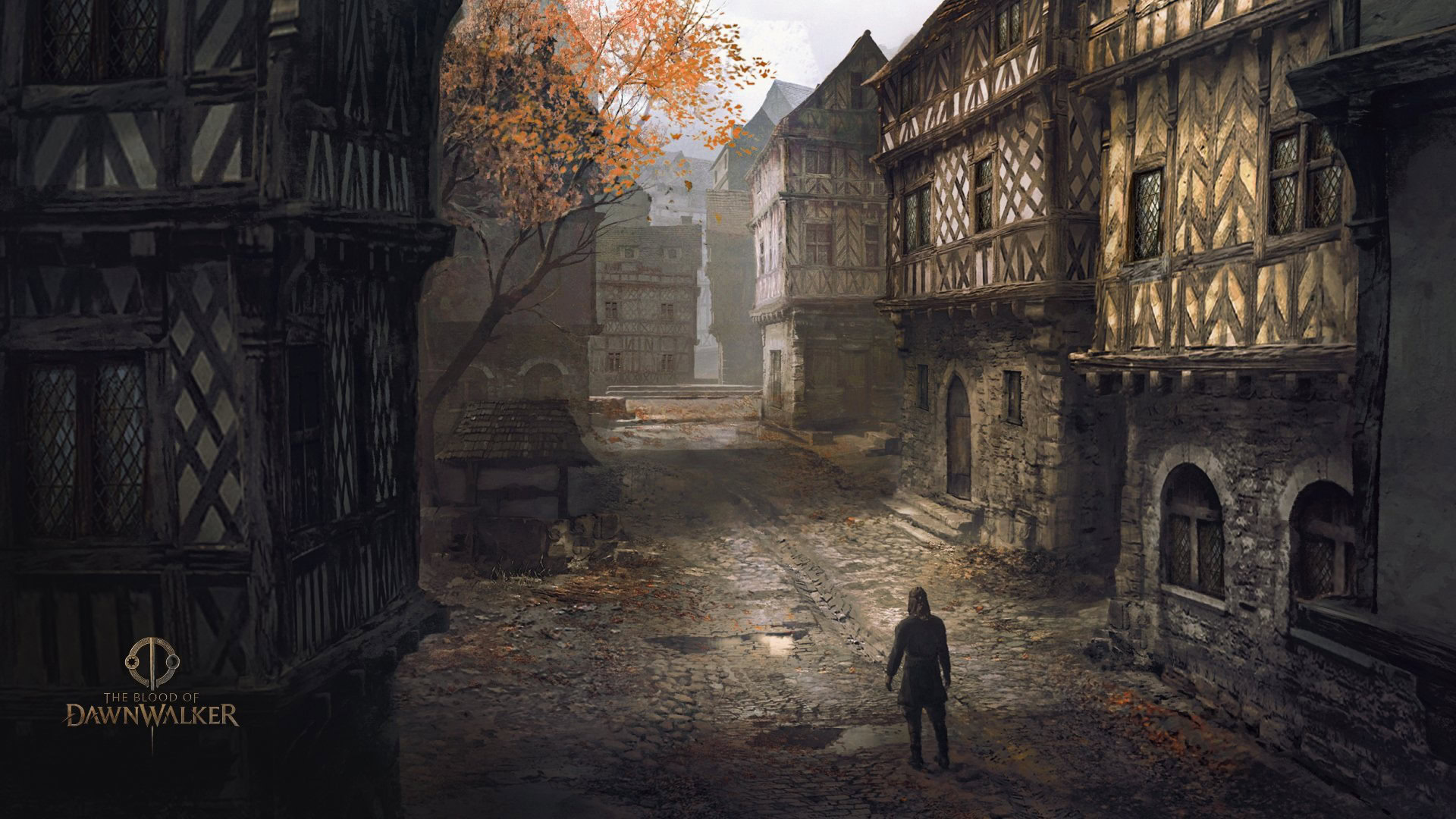
Characters
Coen is the protagonist of the game. The first cinematic trailer showed how he was fleeing from a local feudal lord in an attempt to prevent her sister from being murdered.
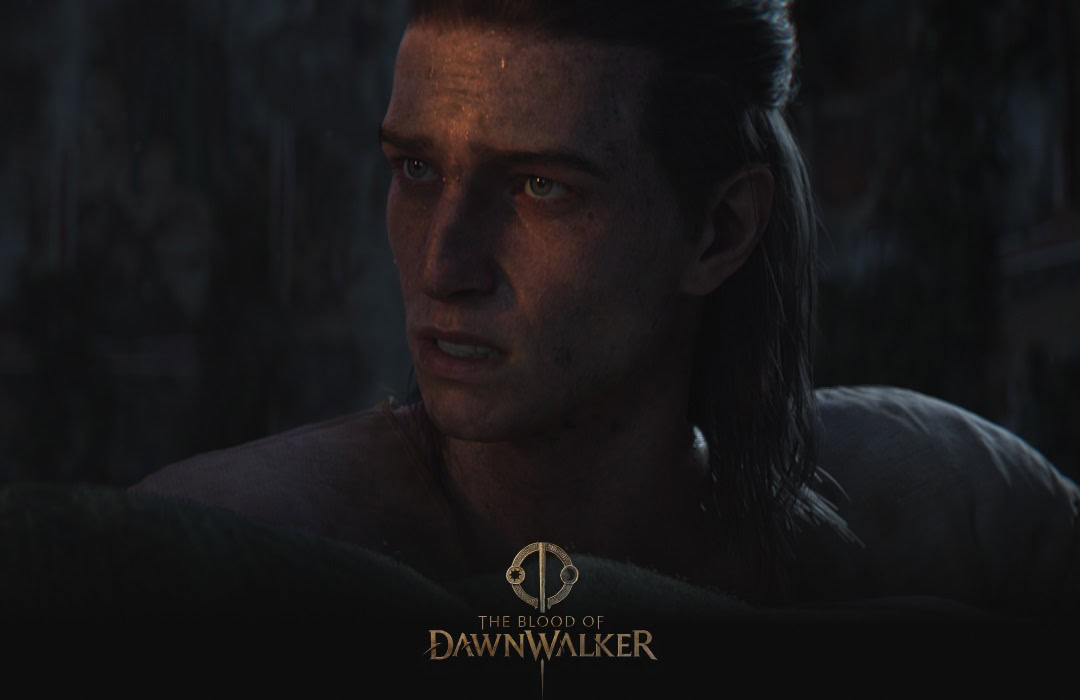
After being cornered by the man and his guard, Coen is saved by Brencis, the leader of the vampires.
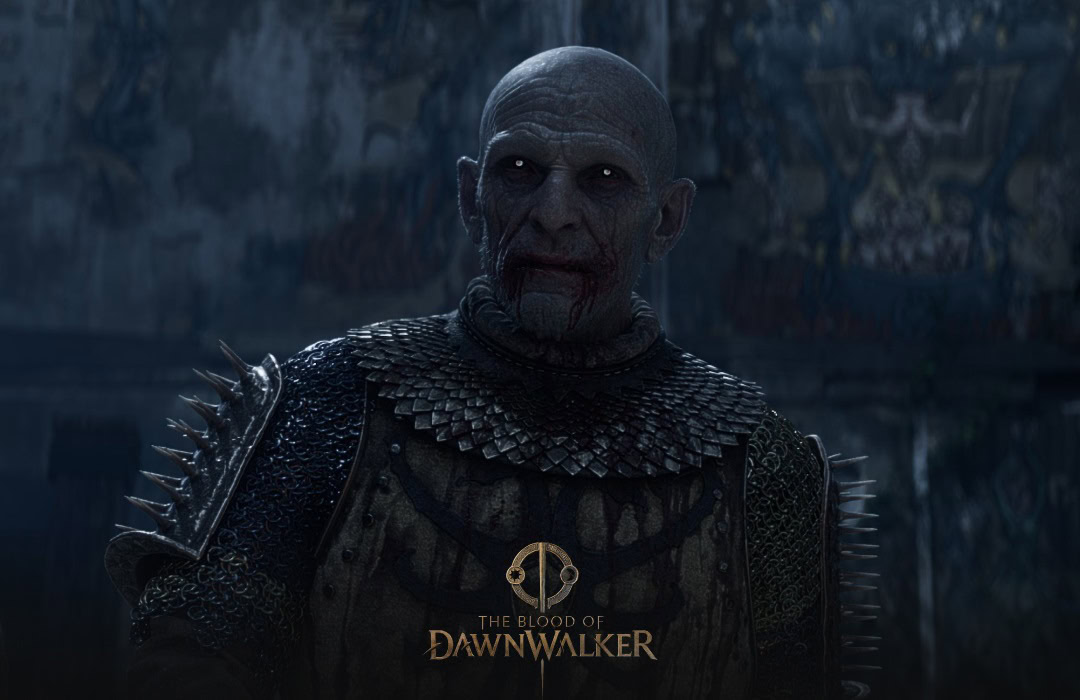
At one point, they tried to turn Coen into a vampire, but the silver poisoning he got when working in the mines prevented him from fully converting. Instead, he became a Dawnwalker; a creature who can navigate between both the light and darkness.
Having Brencis as the ruler is not that different from having a feudal lord. He demands a tax paid in blood rather than money and protects the people in the Vale of Sangora, but only because it serves his own interests.
For better or worse, this means that the people only have to worry about paying the taxes and not about the many other dangers that lurk outside the vale. Despite being treated as cattle, some citizens still prefer that over their previous lifestyle. Coen might want to save them, but some of them don’t want that to happen.
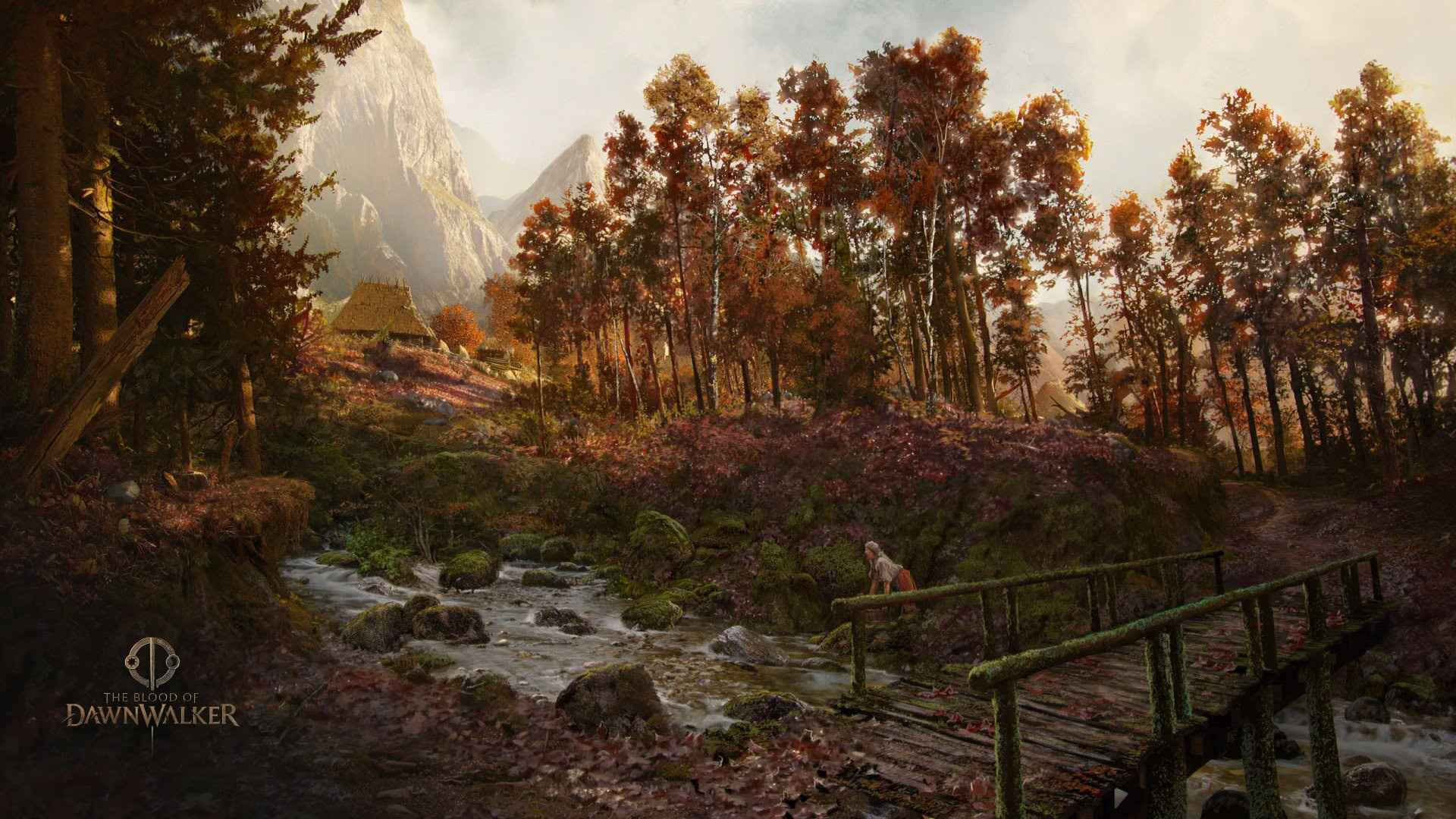
Like any complex story, this is not black or white. Every action has implications, some of which could hurt many people even if there are good intentions behind them. Each player will have to be mindful of this.
Brencis has three loyal followers. Bakir, a man from central Asia who was thirsty for blood even before he was turned.

Xanthe, a very old Greek priestess whose knowledge of the world is unmatched.
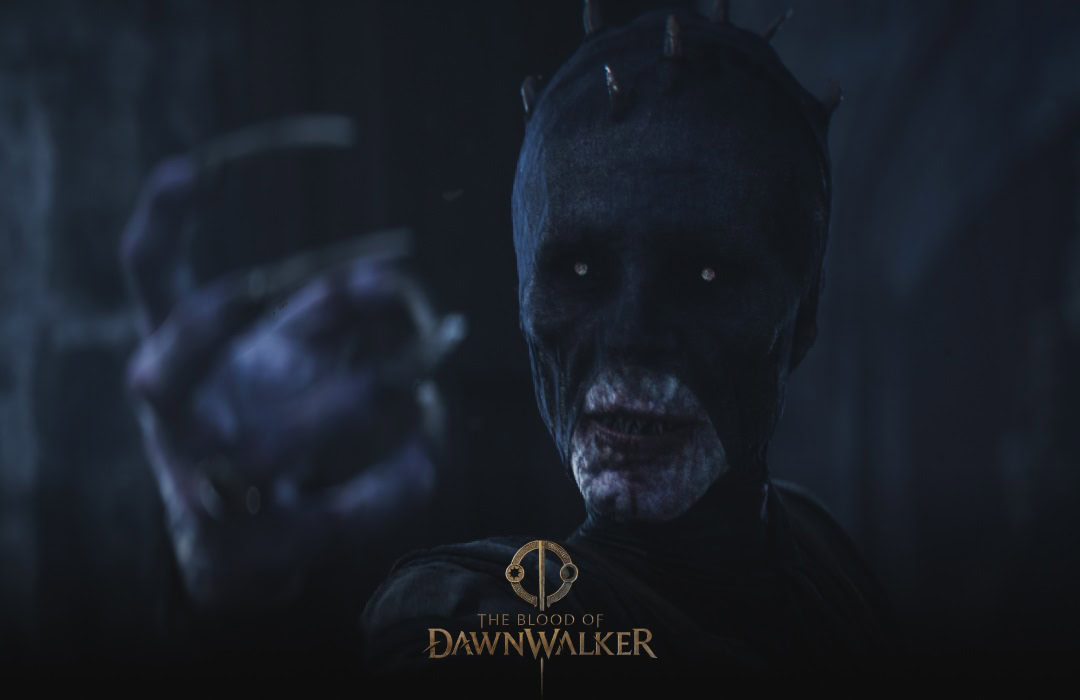
Last but not least is Ambrus, a recently turned vampire who wants to settle the score with a world that humiliated him.
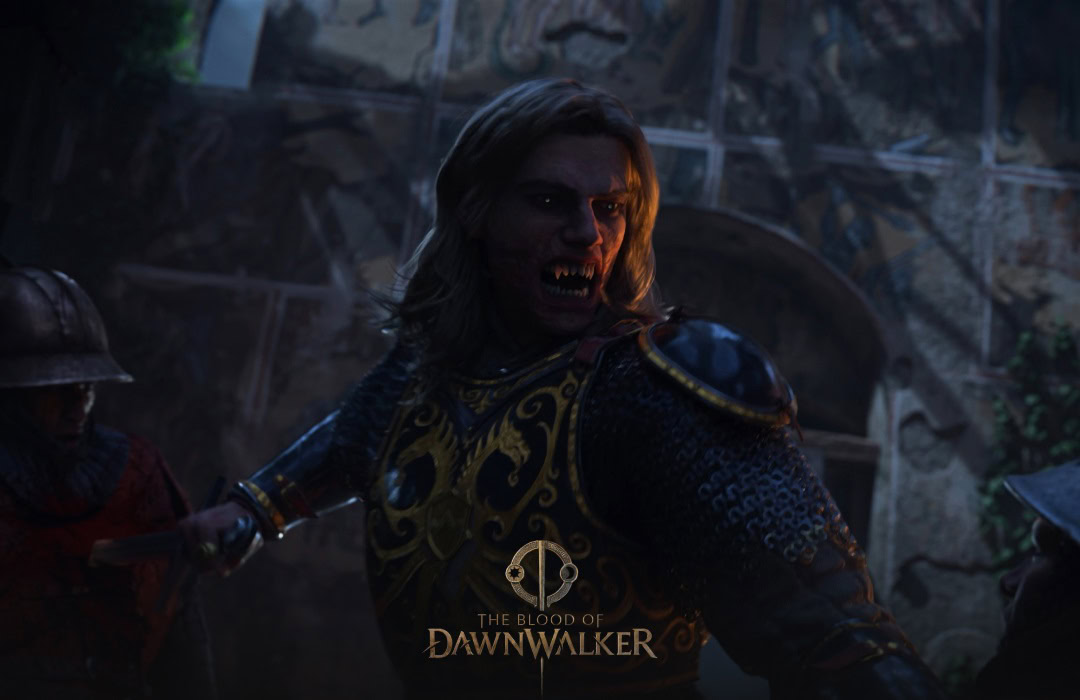
All three of them have their allies and spheres of influence. Eliminating both of these things will make the confrontation with them and Brencis a lot easier.
In-game systems
There’s plenty of development time before we see the finished game, so some of the systems and elements described below may change before release.
Time limit
Two years after the events of the trailer, Coen’s family ends up being taken to the dungeons of Brencis. That’s when the countdown and our gameplay will begin. 30 days and 30 nights is all the time we get to save our family.
In-game time will pass only after you complete an objective or quest. You can explore the open world all you want without having to worry about time running out.
In RPGs, Main and Side quests dictate the importance and order of the activities you must do in order to progress. That’s not going to happen here. There are just quests; you decide what to do and when to do it.

Having a time limit to complete the game is something that very few titles have done in the past. It definitely adds an extra layer of complexity, but this game is taking that to the next level with all the variables that are entirely under the player’s control.
An hourglass icon will help players know which quests consume time and how much. This feature makes time a resource to manage instead of a race against the clock.
We can spend hours or days exploring the world without having to worry about how many days are left.

An important thing to point out is that we are able to skip time, which means that a full human or vampire playthrough is possible.
This is a concept they call “narrative sandbox”. The goal is that we, as players, have full control of our gameplay’s narrative. Giving every player a different experience.
Day and night cycle
Day and night cycles have a very important role in The Blood of Dawnwalker. The first reason is that Coen acquires his vampire abilities during the night, meaning that you’re better suited to face your enemies.
The second is that completing quests during the day or night might also have important ramifications.
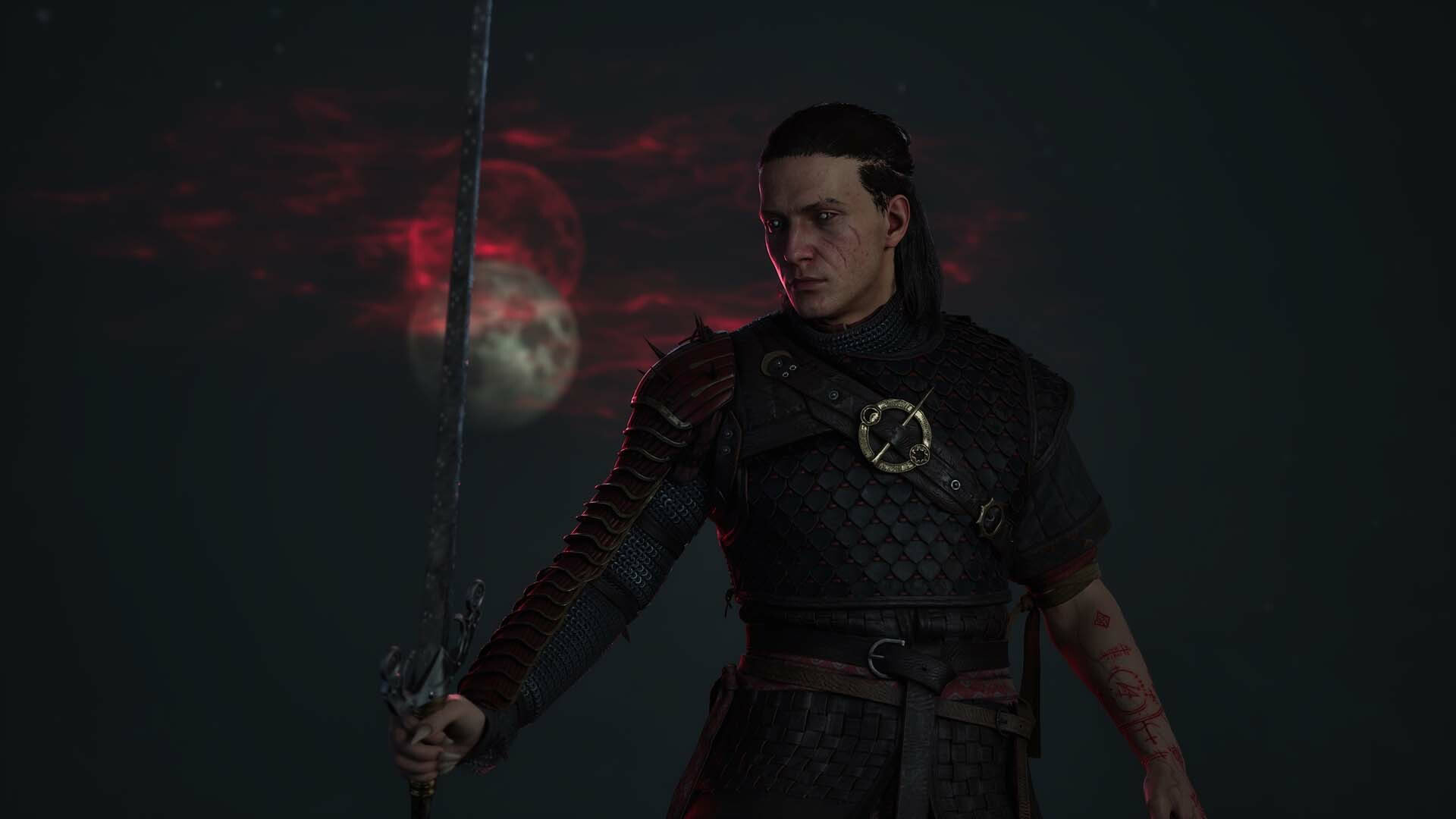
The gameplay experience will change considerably depending on whether you play during the day or night. These are some examples we know of:
During the day, you need to eat consumables to restore health. At night, it restores passively up to a certain point. To fill the remaining health bar, you’ll need to drink blood, either human or animal. Not being careful of Coen’s hunger can end up with an important character dying at your own hands.
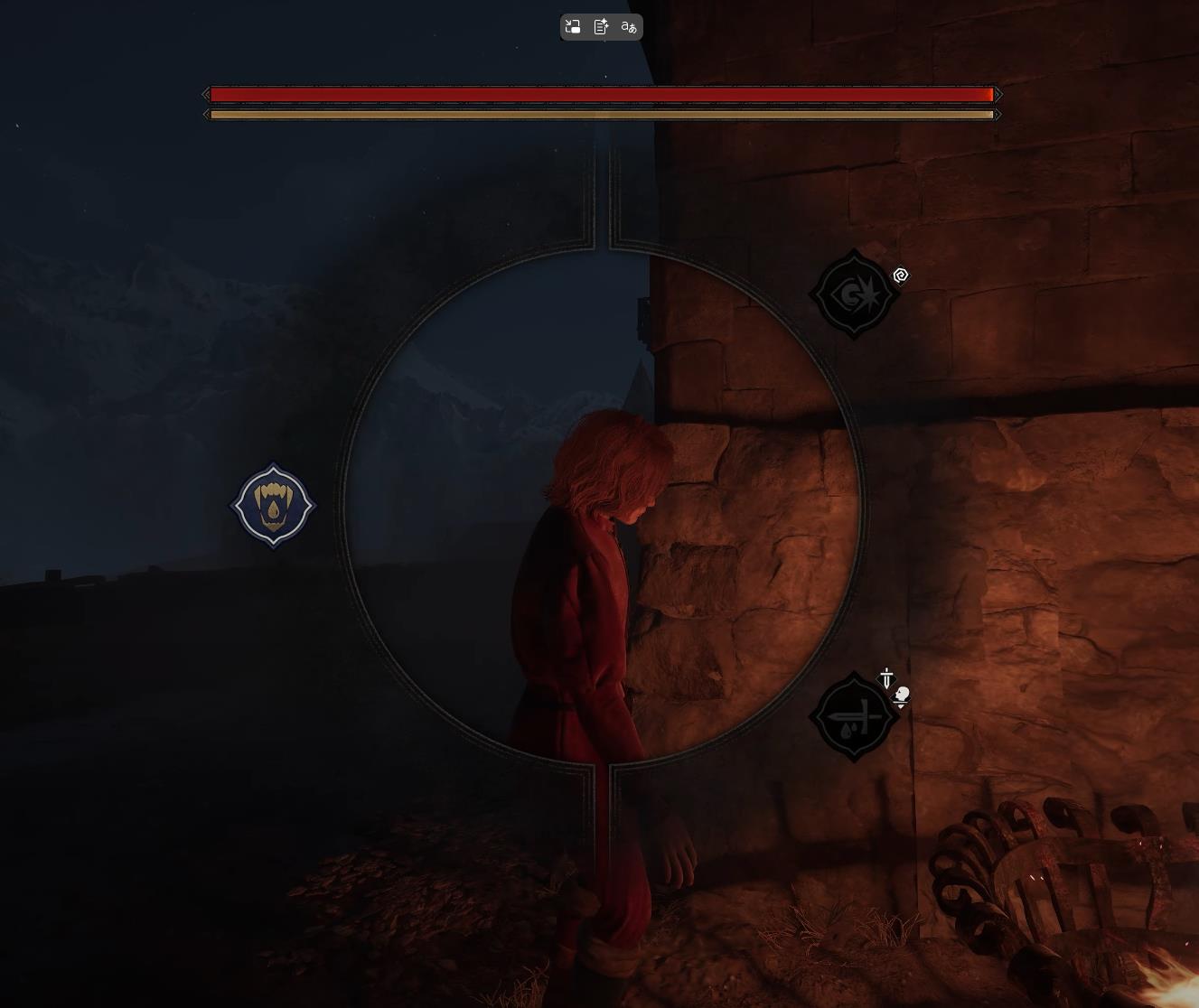
Magic is only available during the day because vampires are incapable of using it.
Full exploration of places like cities is only possible as a vampire when Coen can use Shadowstep and Planeshift. Shadowstep lets Coen jump to almost any place within reach while Planeshift allows you to scale walls and ceilings.
Focus mode highlights objects of interest, loot, and blood traces.

A quest can be very different depending on when you decide to do it. We got to see a very good example of this during the stream. When entering the cathedral during the day, Coen only has a brief conversation with the priest, but doing it at night means facing Xanthe and her Blood Guards.
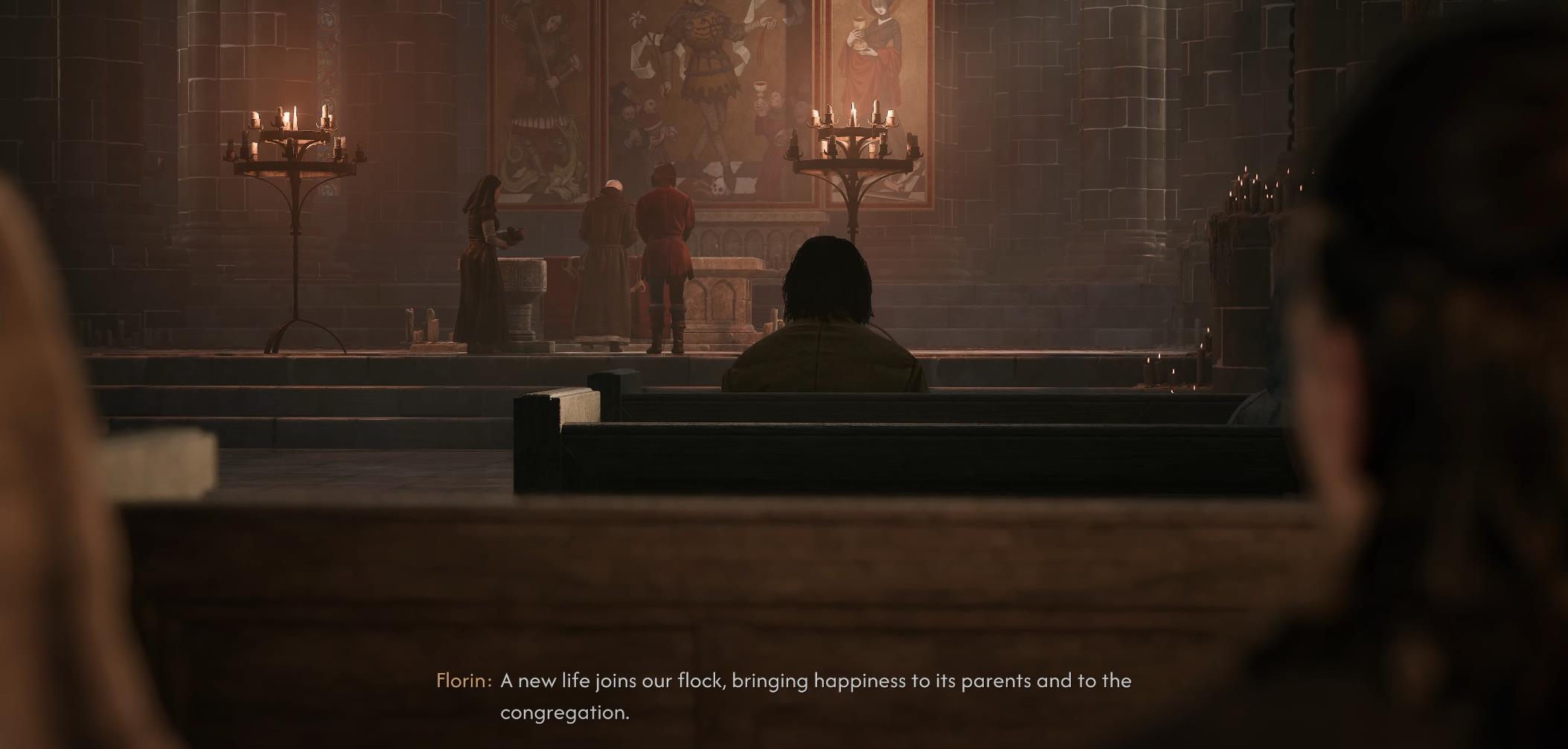
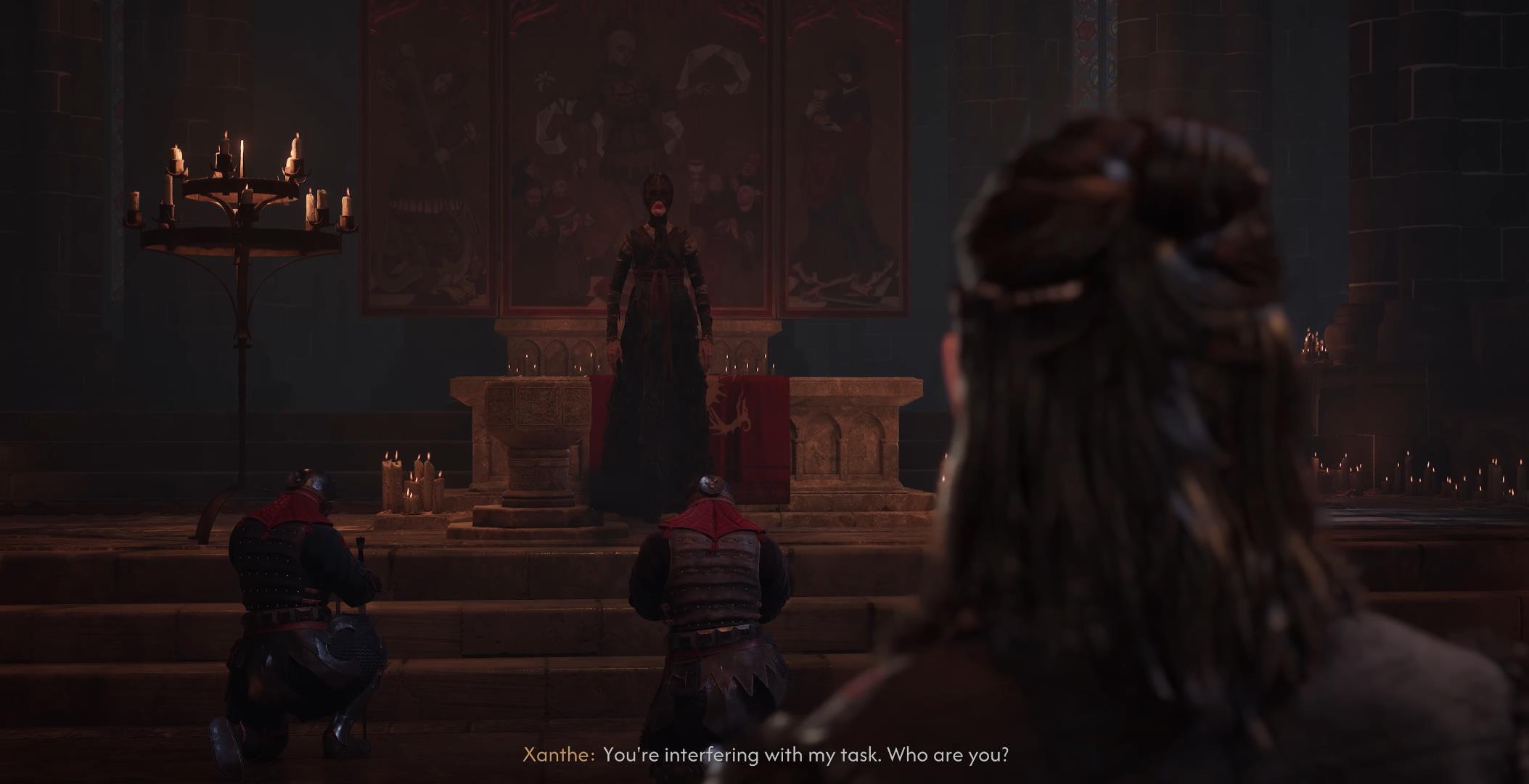
Xanthe has her own quest line; this is just an additional possibility to face one of Brencis’ most powerful followers. This is a great way to show that it’.
Reputation
While there isn’t an active reputation system, the game does track your actions and how that affects your potential allies/enemies.
For example, if you have been doing things in a more stealthy way, Brencis’ guards won’t have a problem letting you inside the city. But if you have openly defied him, they will attack on sight.

Needless to say, we’ll have to be very mindful of our actions, how they can affect our relationships, and even the outcome of main quests. I hope that we can get some sort of indication when our actions have such an impact.
Combat
The gameplay footage shown so far in livestreams and special events, begins on the outskirts of Svartrau, the game’s largest city and capital of the Vale of Sangora. After a few seconds, Coen encounters a few bandits, which triggers a battle.
When fighting enemies, we can choose the attack’s angle (up, down, left, or right) in order to hit the enemies in a spot where they can’t parry. The same applies to defending; you have to block from the right direction rather than just pressing a button to block.

This makes combat more dynamic and adds an extra layer of difficulty, even if, in terms of visuals, it resembles the combat in other games. This combat mechanic is also seen in games like For Honor and Kingdom Come.
There are activation charges above Coen’s health bar. These are filled with each successful block, parry, and attack. Once they’re full, you can use an ability to gain an edge in battle.
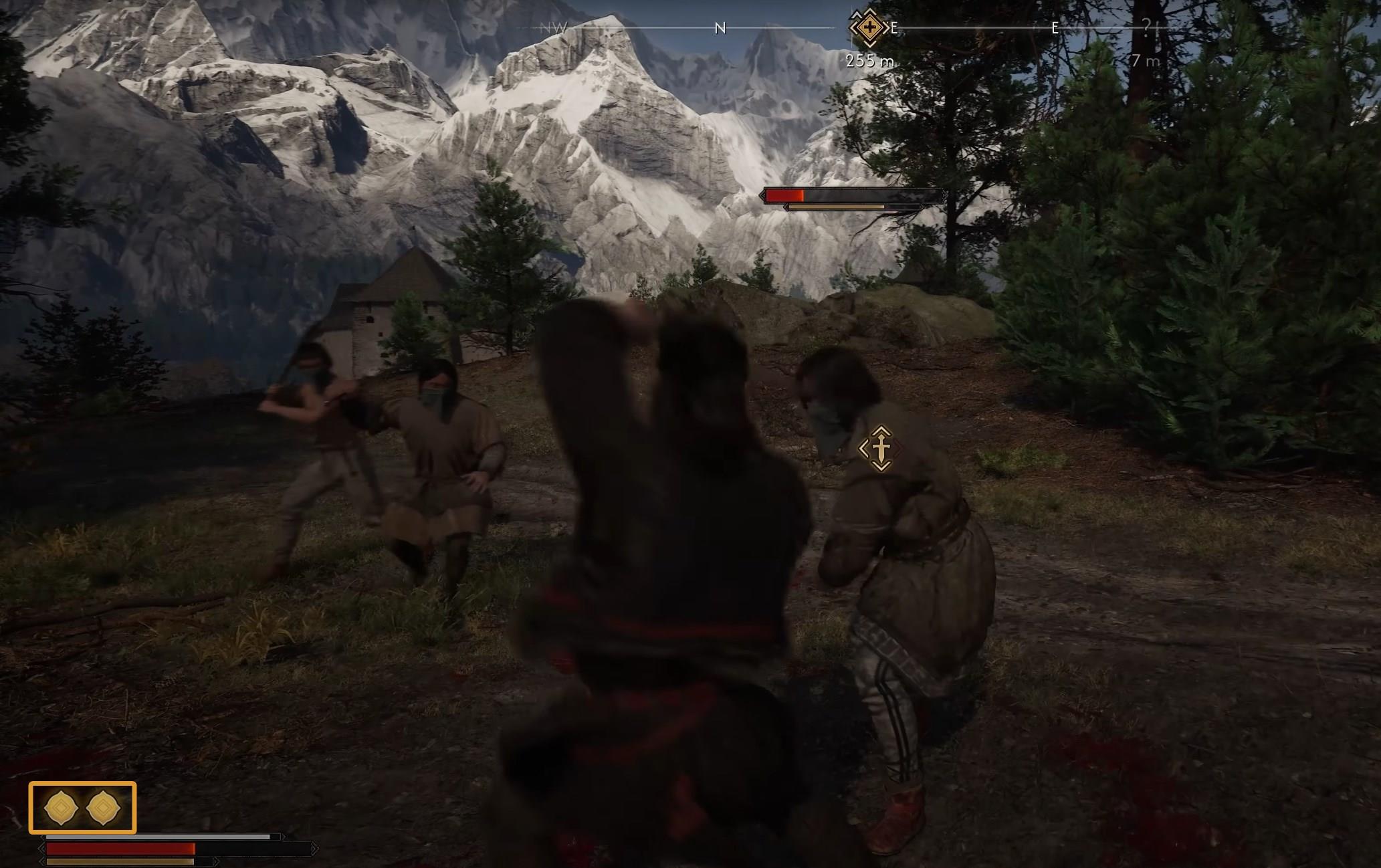
Three abilities were shown in this brief battle. Acrid Dust (stun), Burning Blood (damage over time), and Artery Attack, which does damage and, in this case, also serves as a finisher move.
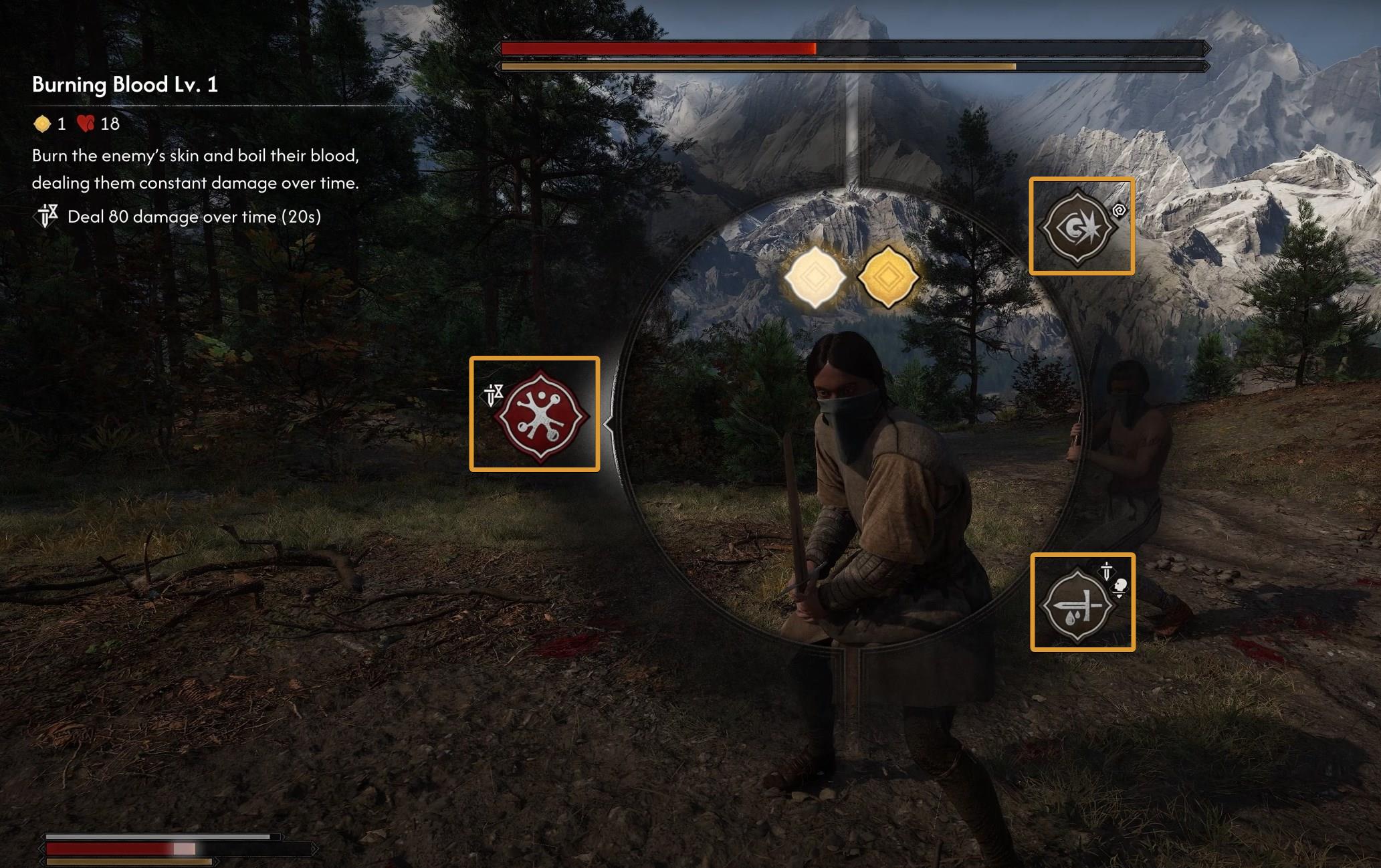
When fighting as a vampire, Coen uses his claws to attack and defend. While it does look more savage, they didn’t mention if there’s any difference in damage done.
Leveling up grants skill points, which are used to learn or upgrade abilities in our skill trees and ability panel. There are three skill trees: one for human, one for vampire, and one that is shared between the two.
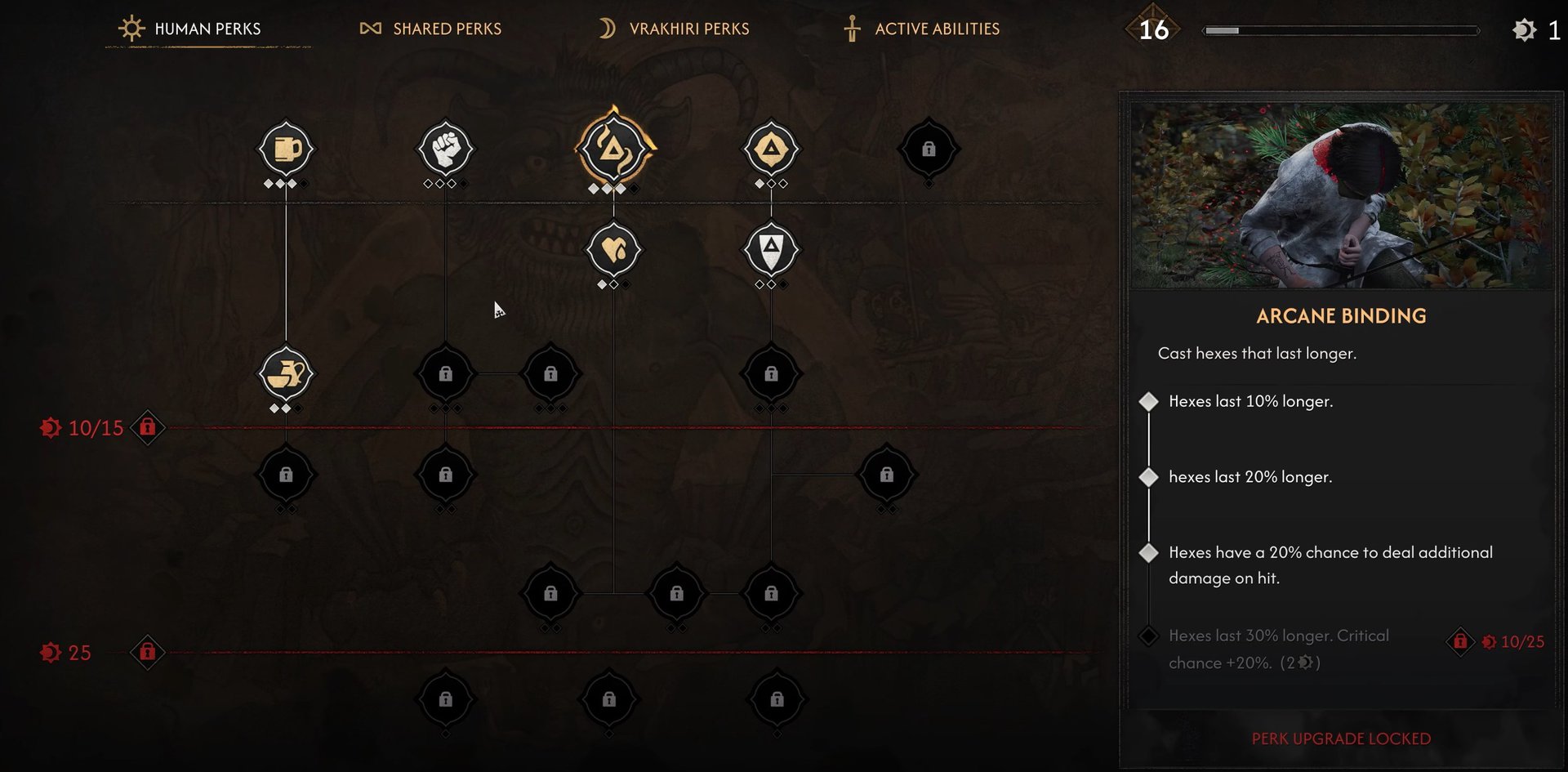
The ability panel has active abilities that are useful in combat, like Acrid Dust or Burning Blood. These abilities are powered by magic.
In the Blood of Dawnwalker, magic can be used at the expense of your own health. Leveling up any of these abilities can reduce the cost of it.
Magic isn’t a heavy combat system but more of a strategic one. You will not see Coen casting fireballs or lightning strikes. In this case, spells work more as utility, buffs, and debuffs.
There’s even a spell called Compel Soul that Coen can use to squeeze secrets from the dead. While not useful in combat, this can unlock paths that otherwise would remain hidden.
Magic in this game is closer to paranormal phenomena. Bartłomiej Gaweł, Art Director of the game, describes it as “X-Files set in the Middle Ages”.
Since the gameplay reveal in June, many players voiced their concerns about the camera angles, especially during combat. The developers took it into consideration and made some changes. They added a second camera option that is farther away from Coen. Here’s a comparison:
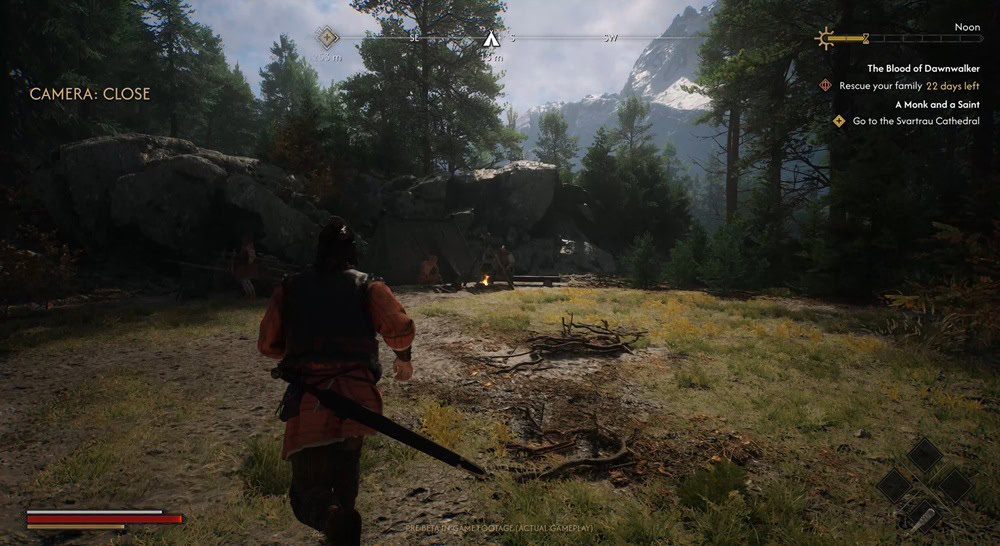
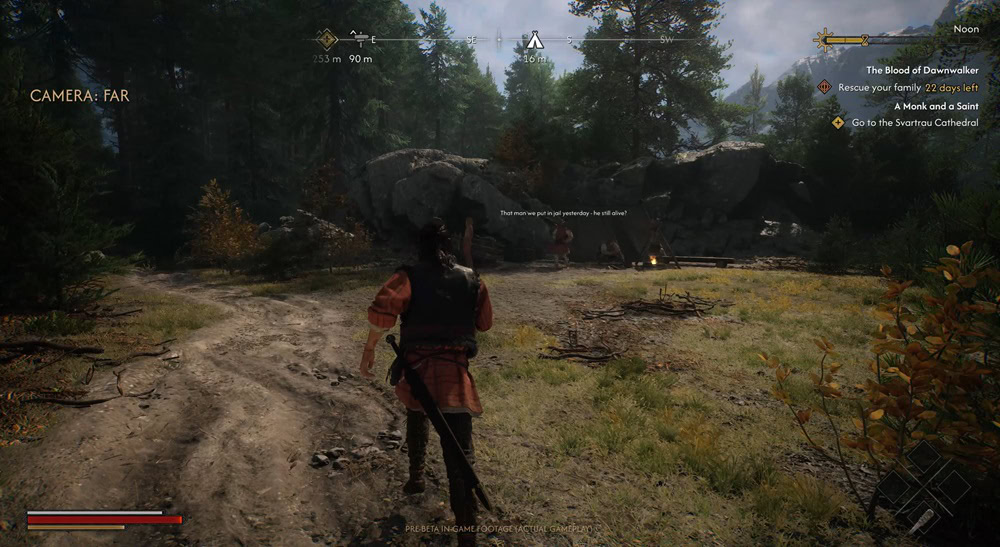
Progressing through the world
The Blood of Dawnwalker has an emphasis on the progress being completely dependent on what the player decides to do. While the developers haven’t been too specific about it, they did say that the entire world is available from the get-go.
Going against a vampire overlord and his army of undead creatures is no easy feat. Ideally, you’d need a considerable amount of help that comes from one of the rebel groups that oppose Brencis or someone outside the Sangora Vale.
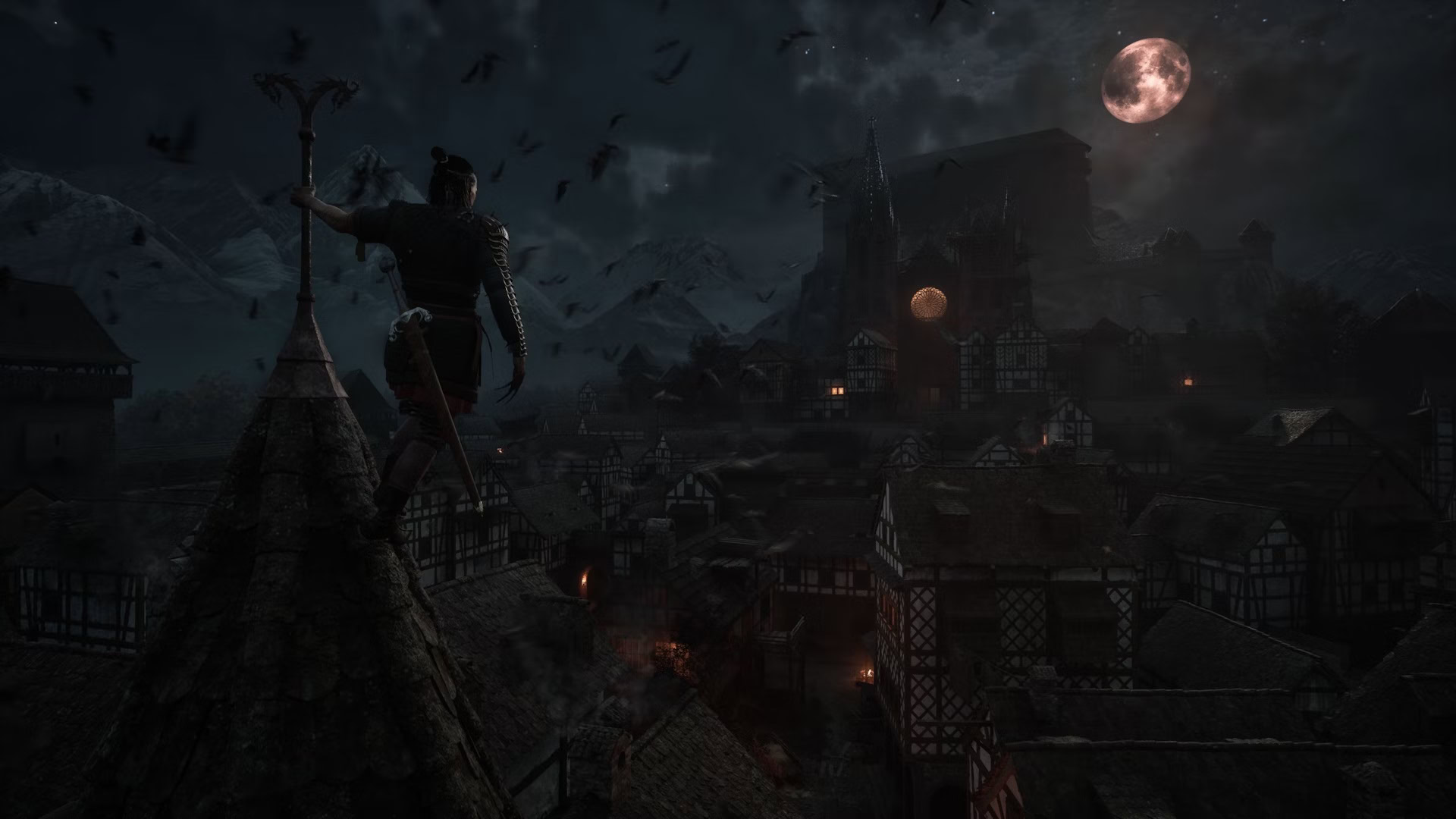
Creating partnerships and alliances is yet another option full of different possibilities, but not a requirement. You could storm Brencis’ whereabouts with nothing but a sword and courage if that’s what you really want to.
Obviously, you’d have little to no allies, abilities, completed skill tries, and other elements that increase Coen’s power, but the possibility is there for the most hardcore players.
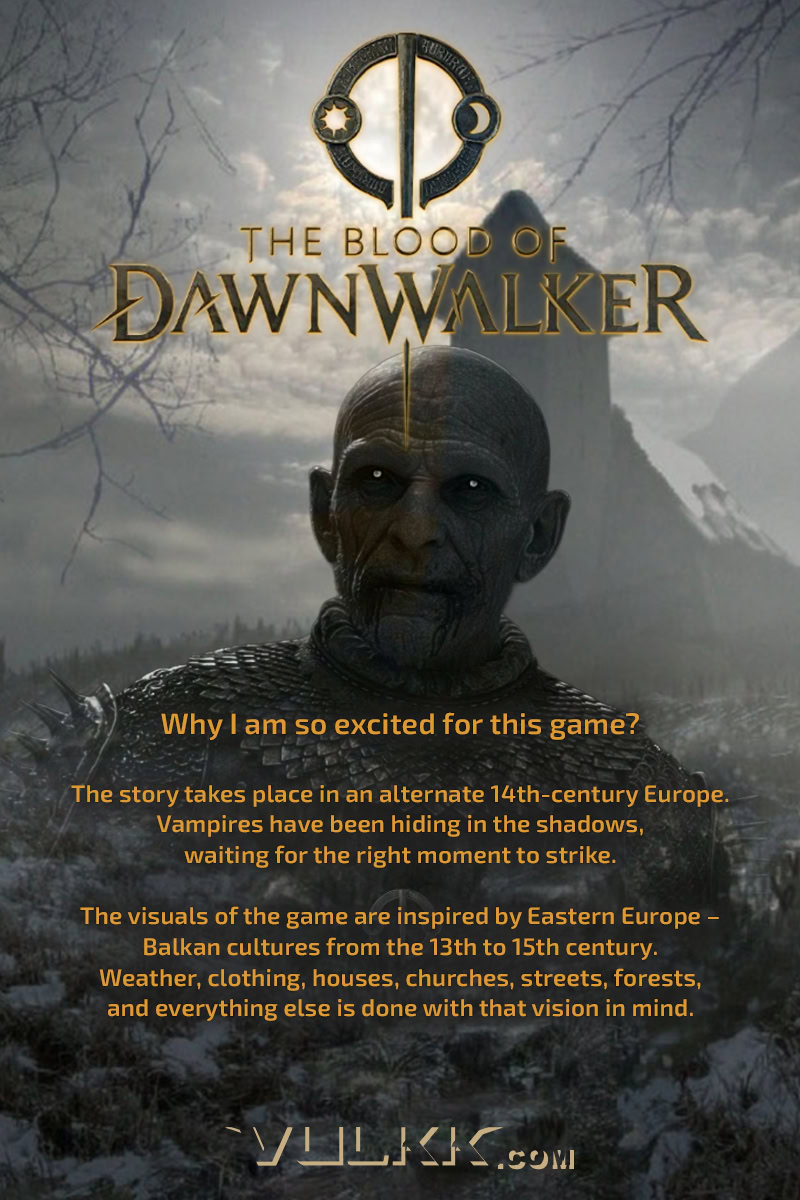
Romance
There are going to be three romance options. Developing a relationship will change Coen’s story, but on a more personal level. Maybe it will unlock a new quest or item that is unobtainable through other means, but it won’t have an impact on the bigger picture.
Available languages
The Blood of Dawnwalker will have full localization for some languages at launch. By localization, they mean voice-over, subtitles, UI elements, etc. These languages are: English, French, Italian, German, Spanish, and Polish.
A few other languages will have text localization (subtitles, UI elements). The list includes: Brazilian Portuguese, Mexican Spanish, Korean, Traditional Chinese, Simplified Chinese, Japanese, Turkish, Czech, and Hungarian.
While there are hopes to add more languages, they stated that no promises can be made at this current moment.
Pre-order perks, early access, or micro-transactions?
It’s 2025 and for better or worse, we’ve grown used to the following practices: “Pre-order now and get early access as well as some cool cosmetics. You bought the game after launch? Too bad! No cosmetics for you, but you can use real money to purchase these from the store!”
The Blood of Dawnwalker will not have any of these. It doesn’t matter if you pre-order three months in advance or get it two months after launch.
No digital epic mega deluxe gold edition available for pre-order, no early access for those who spend more money, and no microtransactions. Everyone is getting the same thing.

